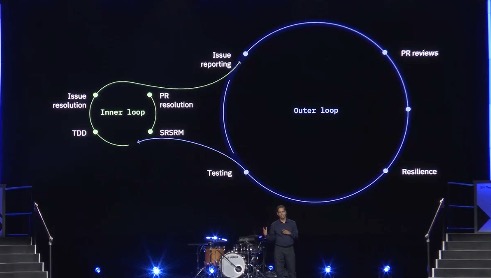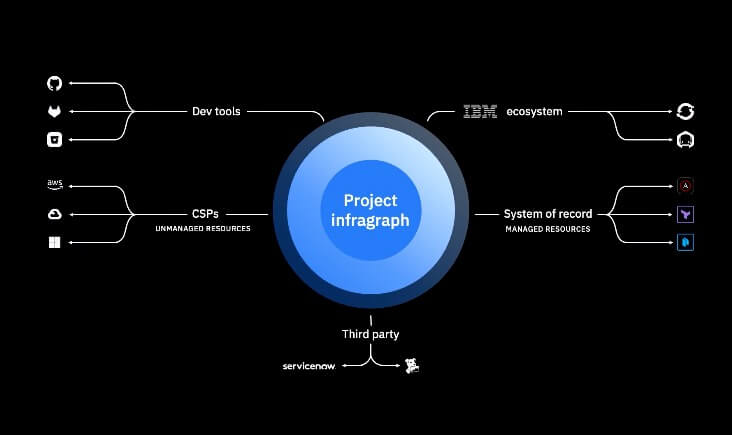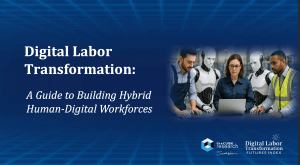Setting the Stage: Infusion, Not Hype
At IBM TechXchange in Orlando, Dinesh Nirmal, Senior Vice President of IBM Software, reframed the conversation around enterprise AI adoption: “Just because something is available doesn’t mean it’s usable.”
While over 2 million models exist on Hugging Face, only 5% of enterprises derive real value from AI today, according to statistics from the v0.1 State of AI in Business 2025 Report 2025 MIT survey. Nirmal described this as an “infusion challenge,” the gap between availability and usability, and clarified that security, governance, and explainability are now the new determinants of enterprise readiness.
IBM is making it its mission, underscored throughout the keynote, to take AI from “model-of-the-month” hype to sustainable business integration, what Nirmal called “the infusion of generative AI into existing enterprise infrastructure and standards.”
Strategic Partnerships: Anthropic and the Enterprise Bridge
A keynote highlight was IBM’s strategic partnership with Anthropic, spotlighted in a recorded dialogue between Nirmal and Dario Amodei, Anthropic’s CEO.
Amodei emphasized that while technology advances rapidly, enterprise environments are “built to do something else,” bound by legacy systems, regulatory processes, and domain-specific workflows. He explained:
“The world’s enterprises, especially banks and biopharma, aren’t AI experts. They have to adapt, but privacy, security, and data governance slow that down. Our partnership with IBM can help them leap those hurdles faster.”
Nirmal reinforced the pairing as one of domain experience meeting model innovation:
“We’ve been with enterprises for over 100 years. Anthropic brings the model technology; we bring enterprise security, governance, and consulting to scale it safely.”
This partnership signals that Anthropic is making a more concerted move into the enterprise and sees organizations’ challenges moving from experimentation to operational execution, preparing for agentic use cases in trading algorithms, R&D pipelines, and drug discovery, all poised to expand in the next two years.
Project Bob: AI for Developer Productivity and Modernization
IBM also unveiled Project Bob, introduced by Neel Sundareshan, General Manager of IBM Automation. Sundareshan explained that the challenge is not merely inserting a large model into a tool, but orchestrating the right combination of small and large models to optimize experience and cost:
“You can’t just slap a large model into a developer tool. You have to orchestrate across models to provide the right experience at the right cost.”
Bob integrates AI throughout the entire software development lifecycle (SDLC), across the inner loop (coding, debugging) and outer loop (testing, CI/CD, security, compliance).

Live on stage, Sundareshan demonstrated a Java modernization completed in three minutes for under $1, while highlighting AI-driven literate programming, where natural language prompts transform into functional code edits.
Inside IBM, Bob has gained traction with over 6,000 developers, with 50% daily engagement and 75% weekly usage. Sundareshan summarized its impact:
“Bob doesn’t replace developers, it automates the routine and augments the complex.”
From automated vulnerability detection to guided code modernization, Project Bob demonstrates how IBM blends governance, usability, and cost-awareness into developer workflows, all critical for AI infusion.
Project Infragraph: Context for Agentic AI
Next, Armon Dadgar, co-founder and CTO of HashiCorp, now an IBM company, reintroduced Project Infragraph, which was initially introduced at HashiConf, calling it the foundation for “AI-powered operations with safety and context.”
Infragraph unifies fragmented cloud, edge, and on-premises infrastructure into a real-time graph database, correlating assets, dependencies, and states across platforms. Dadgar explained:
“In most enterprises, infrastructure knowledge lives in spreadsheets and emails. That doesn’t scale in an AI world.”

He showcased a demo where a single OpenSSL vulnerability query triggered a closed-loop remediation workflow, automatically revoking a Packer-built image and redeploying the new image via Terraform.
- Unified visibility: A searchable, real-time inventory of infrastructure assets.
- Graph-based relationships: Understanding dependencies and impact for safe automation.
- MCP integration: Enabling agentic workflows across tools like IBM Concert and Bob.
Dadgar summarized:
“To make AI actionable in operations, you need a single, intelligible graph that both humans and agents can reason over.”
IBM’s Core Message: Secure, Governed, and Scalable AI
As Nirmal closed the keynote, he summarized IBM’s AI transformation agenda:
“This business transformation is unlike anything we’ve seen. It will change how we communicate, interact, and commerce — but only if enterprises move from 5% to 90% adoption.”
He reiterated that security, governance, and ecosystem collaboration — not model supremacy — will define the next wave of AI leaders.

Data Platforms Matter for Organizations
We took in some of the meetings with the Watsonx.data team to see how customers are using their all-in-one developer edition to get started with AI. Minus the somewhat confusing naming, they have many parts and pieces of a true data platform. The developer edition is a piece that allows an organization to run the watsonx.data Developer Edition on your laptop, including Linux, Windows, and Mac. The idea that IBM is aiming for is that you will federate your data and not move large amounts. Process in place with Presto, as the query engine, and Milvus, as the vector db, to connect up the technical metadata. This also brings things to the table, such as an open-source supported version of Apache Spark. IBM aims to provide all the parts and pieces for an open lake house. And where they are lacking, they invest and partner, such as with unstructured.io, to produce structure out of unstructured data.
Our ANGLE
At the TechXchange event in Orlando, IBM and partners articulated a credible blueprint for turning AI enthusiasm into enterprise outcomes by elevating governance, developer productivity, and infrastructure intelligence to first-class citizens alongside models. This playbook is worth investigating for organizations aiming to move beyond pilots to determine how it can help your specific environment.
Several of theCUBE Research analyst team, including Bob Laliberte, Savannah Peterson, Scott Hebner, Jackie McGuire, and me, were at the event and had these takeaways:
- IBM wants to meet enterprises where they are. The announced and existing partnerships (Anthropic, AMD) and open integrations acknowledge that model quality is necessary but insufficient without controls, compliance, and fit to existing estates.
- Focus on full-lifecycle productivity vs. point features. Project Bob emphasizes tasks, guardrails, and economics across the Software Development Life Cycle (SDLC), not just code completion. This is an essential part of getting to production, as many organizations are lacking the confidence guardrails.
- Give AI the context it needs to be safe. HashiCorp’s Infograph addresses the context deficit and toil that hinders agentic operations by making dependencies, ownership, and state queryable and actionable.
- Design for regulated environments. The keynote repeatedly returned to privacy, security, and data governance, where many pilots stall when attempting to scale.
- AI in Technology Domains Across IBM. One of the highlights later in the day was a demonstration of IBM’s Network Intelligence from Raul Hernandez and Ben Hickey. So while the keynote focused on high level AI initiatives, this team highlighted how IBM can drive operational efficiencies and optimized network performance across highly distributed environments and varying domains. Stay tuned for the video and write up soon.
Why It Matters
IBM has a lot of the parts and pieces. Now it is bringing them together into easily deployable solutions that solve for use cases.
From 5% to the Mainstream: Many enterprises are still stuck in proof-of-concept purgatory. A stack that binds models to governed workflows, enhances developer/ops productivity, and provides infrastructure context addresses the biggest blockers, enabling enterprises to scale.
Agentic AI Requires a Trusted Foundation: As agentic systems proliferate, safety and controllability hinge on accurate, real-time representations of applications and infrastructure. Infograph’s graph-first approach, coupled with Concert/Bob access, is a practical foundation.
TCO and Time-to-Value: Demonstrations of minutes-to-modernize and sub–$1 task costs won’t translate one-for-one into every enterprise, but they send the right signal: cost-aware orchestration and automation are becoming table stakes.
Ecosystem beats Monopoly: Pairing model providers like Anthropic with IBM’s platform, security, and consulting lowers adoption friction, especially in regulated industries where existing processes and controls can’t be bypassed.
Developer Experience Is the Lever: Enterprises succeed when AI reduces toil and shifts compliance/security left without breaking the flow. Bob’s task-centric, literate-programming model is in tune with that reality.



